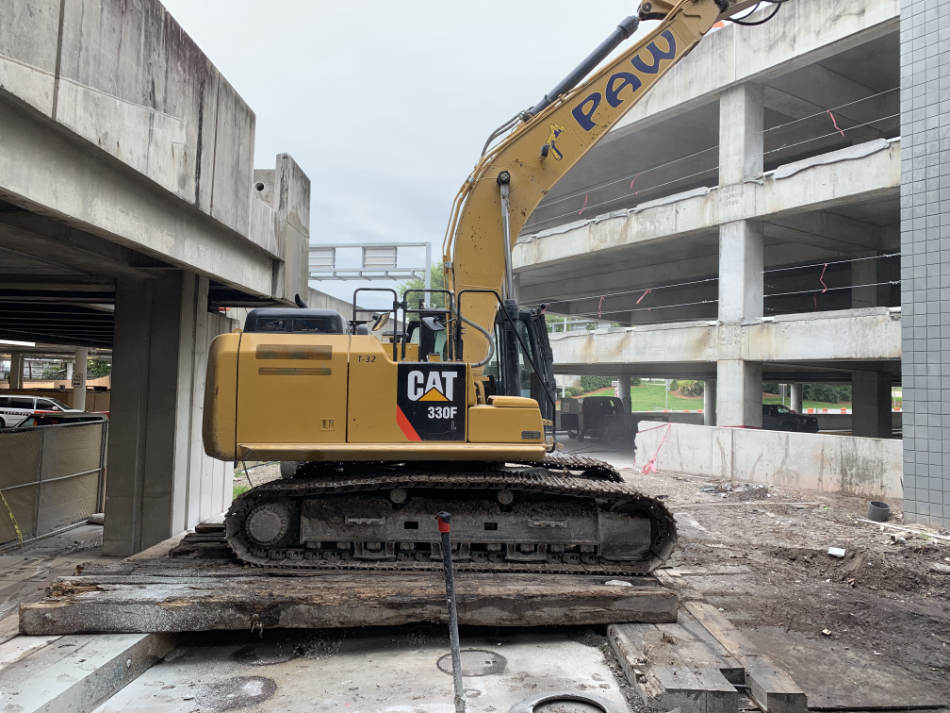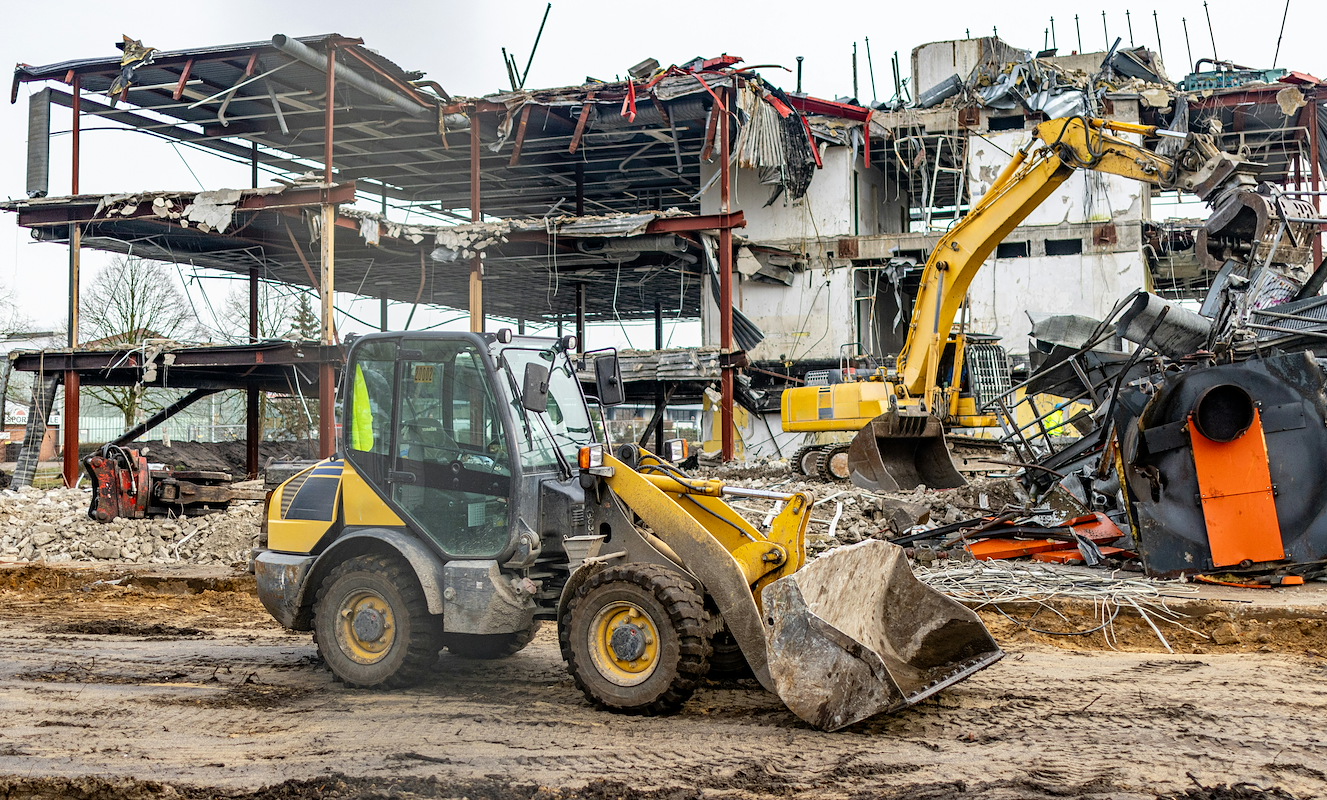When the dust settles after a commercial demolition project, many property owners and developers assume the hardest part is over. Yet, demolition is just the beginning of transforming a site for new construction or redevelopment.
Proper post-demolition site preparation is critical to ensure your property is safe, clean, and ready for the next phase. If you want to avoid delays, unforeseen costs, or regulatory headaches, understanding the essentials of site cleanup, debris removal, and soil remediation is a must.
In this guide, we’ll walk you through the key steps in preparing a commercial property after demolition. Whether you’re planning a high-rise, a shopping center, or mixed-use development, these insights will help you approach your project with confidence and clarity.
Why Post-Demolition Site Preparation Matters
Successful redevelopment goes beyond tearing down old structures. The quality of your site preparation directly affects build schedules, environmental compliance, and ultimately your bottom line. Just think of your property as a blank canvas.
If the surface is uneven, contaminated, or cluttered, your “painting” (or construction) won’t come out as planned.
Proper preparation eliminates hidden risks like lingering hazardous materials, unstable soil, or debris that can hinder construction equipment. It also makes your site safer for workers and aligns with regulatory standards from local, state, and federal agencies.
Step 1: Comprehensive Site Cleanup
Once demolition crews complete the heavy work, the next priority is thorough site cleanup. This involves removing all loose debris such as broken concrete, metal scraps, wood, and other rubble. At this stage, attention to detail counts because even small fragments can cause issues during grading and construction.
Effective Debris Removal Techniques
Commercial demolition debris is often a mix of materials. Segregating these by type enables recycling and responsible disposal. Common methods to handle debris include:
- Sorting onsite: Dividing materials into piles of concrete, metals, wood, and hazardous waste.
- Hauling to recycling centers: Recovering valuable metals and crushed concrete reduces landfill use and lowers costs.
- Safe disposal: Handling environmental contaminants like asbestos or lead-based paints through licensed specialists.
Partnering with an experienced demolition contractor ensures these procedures follow best practices and legal requirements. For example, at our commercial demolition services, we emphasize eco-friendly debris management that supports sustainable redevelopment.
Step 2: Soil Testing and Remediation
After clearing debris, assessing soil quality is crucial. Years of industrial use or previous buildings might have left behind contaminants that can affect future construction and environmental safety. Testing identifies issues like petroleum hydrocarbons, heavy metals, or chemical residues.
Based on results, soil remediation could include:
- Excavation and removal: Removing contaminated soil and replacing it with clean fill.
- In-situ treatments: Applying chemical or biological agents to neutralize pollutants on-site.
- Soil stabilization: Techniques like mixing binders into soil to improve strength and reduce erosion risks.
Taking care of soil conditions early prevents costly project setbacks and regulatory penalties down the line. Our team frequently conducts soil remediation to turn challenging sites into build-ready areas, as seen with projects like Spring Hill Water Reclamation.
Step 3: Grading and Site Leveling
With debris cleared and soil treated, grading comes next. This process creates a level surface that directs water away from the site and prepares the ground for foundations or landscaping.
Proper grading achieves:
- Effective drainage to avoid water pooling and soil erosion.
- Stable base for pavement, concrete, or structural foundations.
- Compliance with local building codes and zoning requirements.
Grading requires precision equipment and experienced operators. Partnering with a contractor skilled in both demolition and site prep ensures seamless transition from one phase to another.
Step 4: Utility Disconnection and Verification
Before redevelopment begins, all remaining utilities—electric, gas, water, sewer—must be safely disconnected or rerouted. This step is vital for safety and helps avoid surprises during construction.
Verification includes coordinating with utility providers for proper documentation and inspections. It also involves marking utility lines clearly on-site to prevent accidental disruptions.
If you haven’t already, this is a good moment to consult with your demolition contractor and local authorities to ensure all utility work complies with regulations.
Step 5: Final Inspection and Documentation
Once cleanup, soil remediation, grading, and utility work are complete, a thorough inspection is necessary to confirm the site’s readiness. This may involve municipal building inspectors, environmental agencies, or private engineers depending on your project.
Having comprehensive documentation—including soil test reports, disposal records, and site plans—covers you legally and provides transparency for lenders, partners, or prospective tenants.
Our firm prioritizes clear communication and thorough documentation throughout every project stage. Visit our contact page to learn more about how we manage these aspects for hassle-free redevelopment.
FAQs About Post-Demolition Site Preparation
1. How long does post-demolition site preparation usually take?
The timeline varies depending on site size, contamination levels, and regulatory steps. On average, expect several weeks to a few months, but your demolition contractor can provide a specific estimate after initial surveys.
2. Is soil remediation always necessary after commercial demolition?
Not always. Soil testing determines if contaminants are present at hazardous levels. If tests come back clean, remediation may not be required. Still, testing is strongly recommended to avoid surprises.
3. Can debris from demolition be recycled or reused?
Yes. Concrete, metals, and certain wood products can often be recycled or repurposed. Responsible debris management reduces environmental impact and can reduce disposal costs.
4. Who is responsible for utility disconnection after demolition?
Typically, the property owner or developer coordinates with utility companies and contractors for safe disconnection. Your demolition contractor often assists or manages this process to ensure safety compliance.
5. What risks arise if site preparation is not done properly?
Inadequate preparation can lead to construction delays, increased costs, foundation problems due to poor soil, environmental violations, or safety hazards for workers and future occupants.

Safe, efficient teardown services backed by 30+ years of local experience.
Takeaway: Successful Redevelopment Starts with Meticulous Site Preparation
Commercial demolition is an important milestone, but preparing the site afterward sets the stage for your project’s success.
By investing in thorough cleanup, proper debris management, soil testing and remediation, precise grading, and utility verification, you reduce risks and create a strong foundation for new development.
To partner with experienced professionals who understand every step of commercial demolition and site preparation, explore our full suite of services or connect with our team at PAW Demolition. Ready to take the next step? Request an estimate here and let us help you bring your redevelopment vision to life.
For real-world examples of successful projects post-demolition and site prep, check out our work at Tampa International Airport and Gulf View Mall. These projects demonstrate how comprehensive planning and execution pave the way for new growth.

